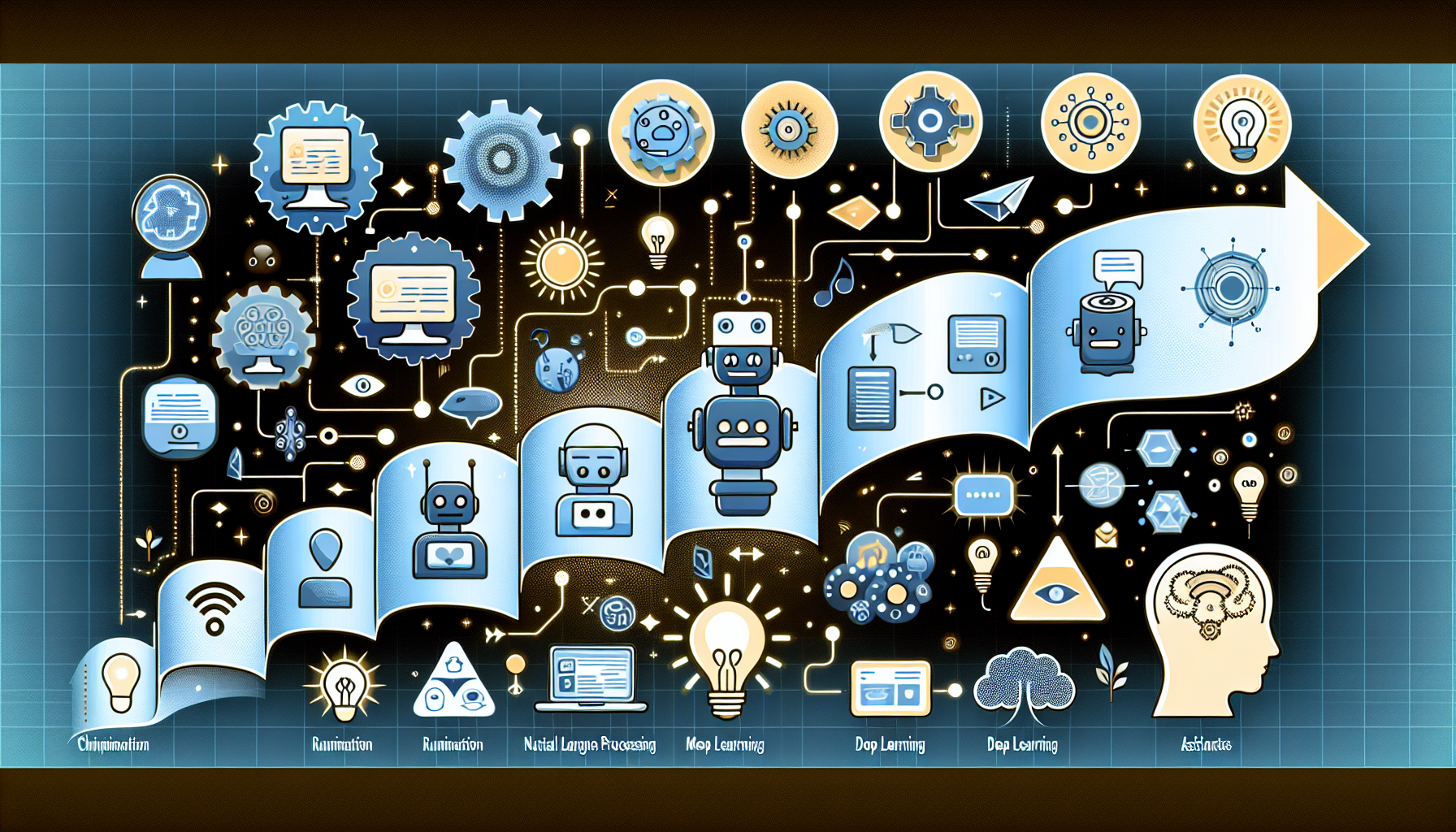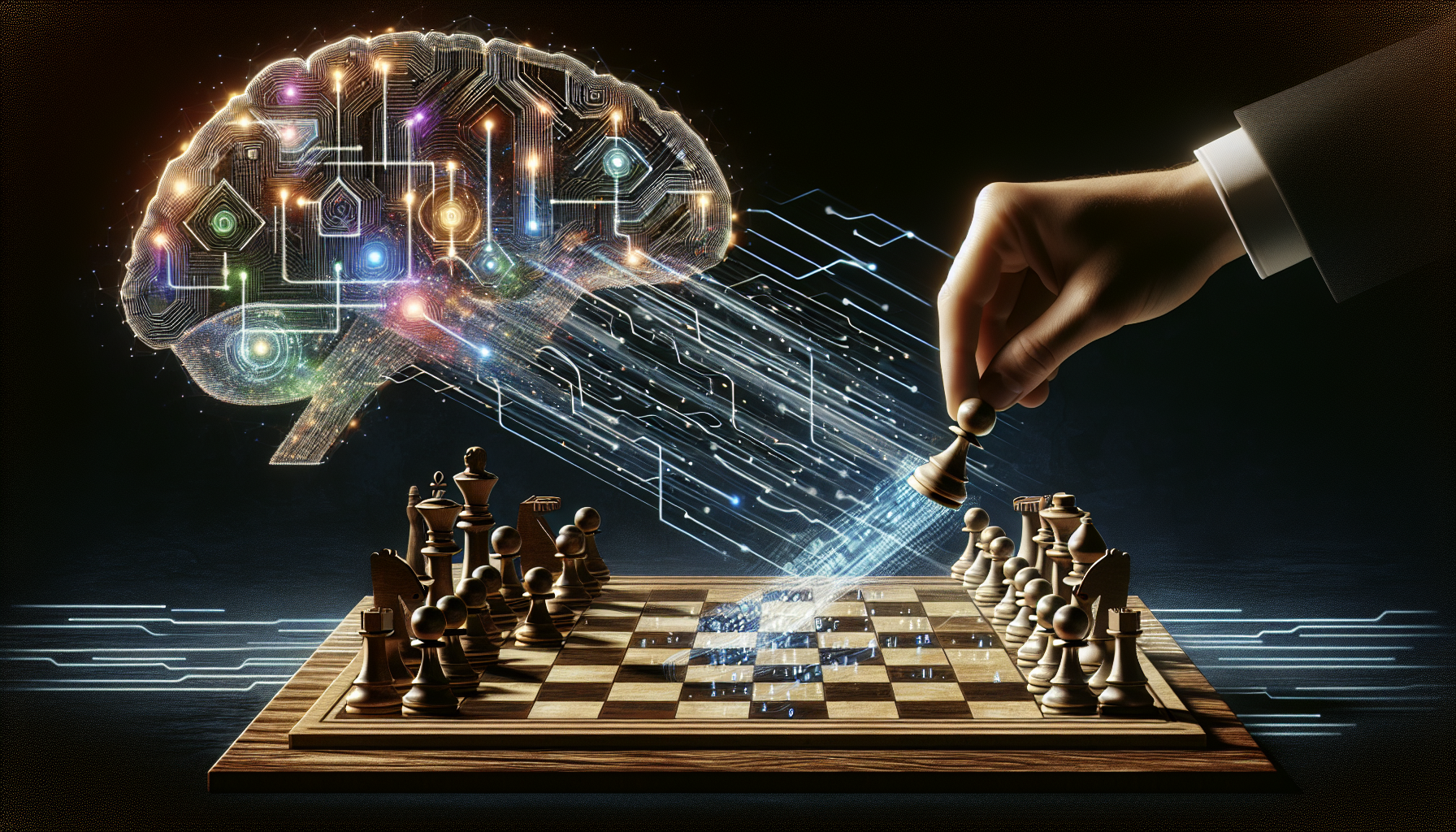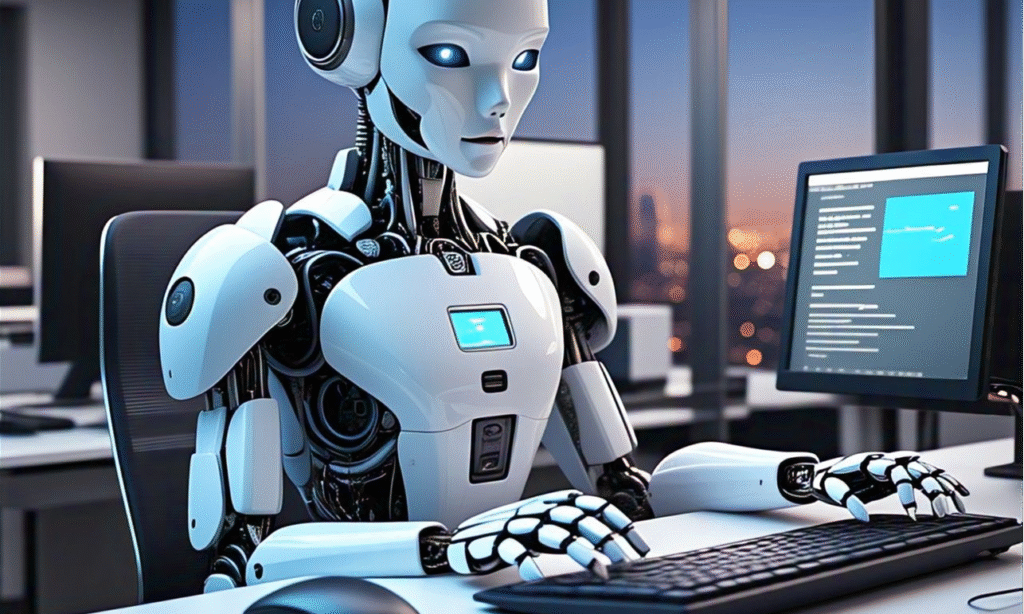
From Scripts to Simulations: The Early Days
The history of chatbots begins more than half a century ago, when the dream of machines mimicking human conversation first became a reality. In 1966, MIT researcher Joseph Weizenbaum created ELIZA, one of the earliest chatbots, designed to imitate a psychotherapist. ELIZA wasn’t intelligent—it simply mirrored back what users typed using prewritten scripts—but it was enough to spark fascination with the potential of machines to simulate dialogue.
Then came PARRY in the early 1970s, developed by psychiatrist Kenneth Colby. While ELIZA asked questions, PARRY simulated a patient with paranoid schizophrenia. It had a more complex rule system, attempting to model human behavior in a psychological context. This marked the start of chatbots being used not just for novelty, but for serious research.
Throughout the ’80s and ’90s, chatbot development was mostly limited to rule-based systems—useful in narrow scenarios but unable to handle open conversation. They were built with “if-this-then-that” logic, which made them predictable and rigid. They worked in customer support and education, but conversations often felt unnatural and limited.
The Rise of Consumer Chatbots
A turning point came in the early 2000s with the arrival of SmarterChild on AOL Instant Messenger and MSN Messenger. This chatbot was fast, witty, and surprisingly interactive. It could provide weather updates, play games, and answer trivia—offering a glimpse into what everyday chatbot interaction could look like.
As smartphones took over and messaging apps became the norm, businesses began building chatbots into customer service platforms. Instead of waiting on hold, customers could chat with bots to track orders, book appointments, or get help with FAQs. These bots saved time and money—and people started getting used to talking with machines.
The AI Shift: Smarter Bots for a Smarter World
By the 2010s, AI was transforming the chatbot landscape. Voice assistants like Siri (2011), Alexa (2014), and Google Assistant (2016) took the idea of bots mainstream. These tools combined voice recognition with real-time web data to deliver answers, play music, set reminders, and more—all through natural voice interfaces.

Natural Language Processing (NLP) Becomes the Game Changer
What set these assistants apart wasn’t just functionality—it was adaptability. These bots began learning from usage patterns, improving their responses over time. Behind the scenes, large-scale advances in natural language processing (NLP) and machine learning were underway.
Then came a breakthrough in 2022: OpenAI introduced ChatGPT, powered by a new kind of language model that could generate human-like responses across nearly any topic. ChatGPT wasn’t just reactive—it could hold context, explain ideas, summarize documents, and assist with real work. It marked a new era of conversation in the history of chatbots.
Looking Back: We’ve Entered the Age of AI Agents
If we take a step back, it’s clear we’ve moved beyond chatbots in the traditional sense. We’ve entered the age of AI agents—tools that don’t just chat, but act.
Modern AI agents can understand instructions, carry out tasks, and make decisions within a defined scope. For example, they can write code, send emails, manage schedules, or interact with other software tools. They go far beyond answering questions—they complete goals.
What was once a simple chatbot asking, “How can I help you today?” has evolved into a digital assistant that can respond, analyze, remember, and execute.
Chatbots Today: Where They Stand
Today’s chatbots are intelligent, responsive, and widely used across industries. Businesses use them to:
- Automate customer service
- Guide users through product choices
- Support marketing and sales funnels
- Onboard new users
- Collect feedback and data
- Handle transactions
These bots are no longer confined to websites. They live inside apps, ride along in messaging tools like WhatsApp and Slack, and integrate with platforms like Shopify, Salesforce, and WordPress. Some even power smart devices and in-car systems.
The combination of user-friendly interfaces and advanced back-end models has made conversational AI a powerful tool in business and everyday life.
What’s Coming Next?
Looking ahead, we are entering an era defined by AI agents—tools that don’t just converse, but take meaningful action on behalf of users.
Multimodal and Emotionally-Aware Bots
Future bots may recognize not just what users say, but how they say it—picking up on frustration, confusion, or urgency and adjusting their tone accordingly.
At the same time, multimodal bots—capable of processing text, voice, images, and video—are on the horizon. These tools won’t just read or listen; they’ll see and interpret, helping users in more dynamic, natural ways.
Privacy, ethics, and user control will become central to design as these systems take on more responsibilities. But one thing is certain: bots are no longer just assistants. They are collaborators, and they are here to stay.
In Summary
The history of chatbots reflects a journey from scripted responses to intelligent interaction. What started as an academic experiment has become an essential part of how we interact with technology. And as we build smarter, more capable systems, the line between digital conversation and digital collaboration keeps getting thinner.
Need a chat agent for your business, we are here to help

